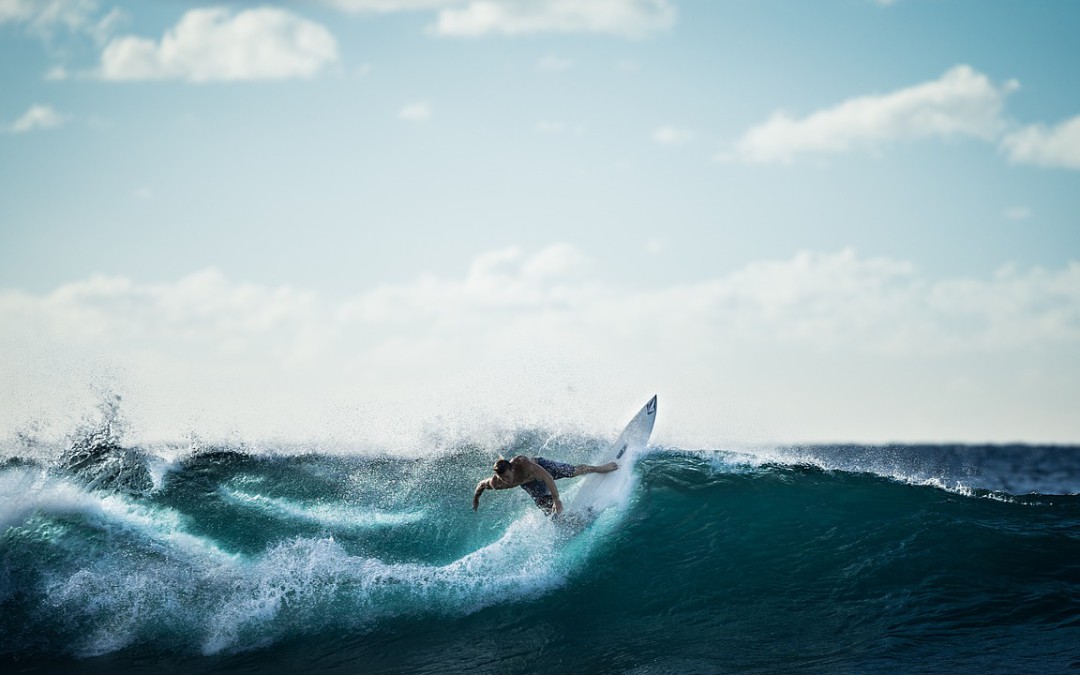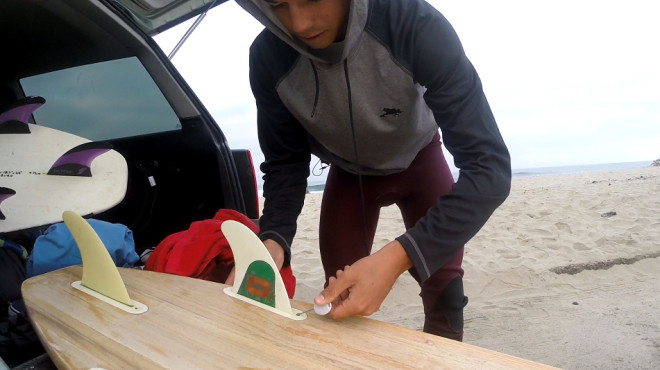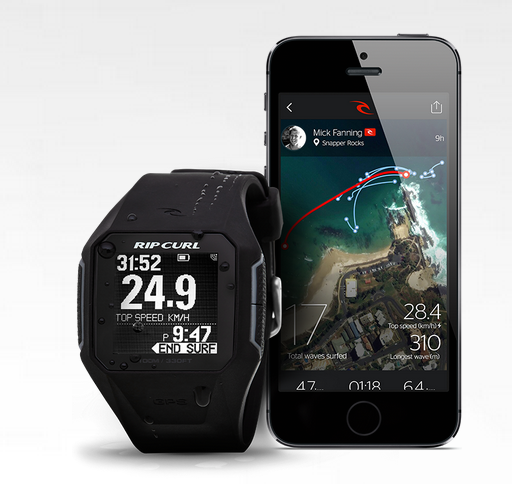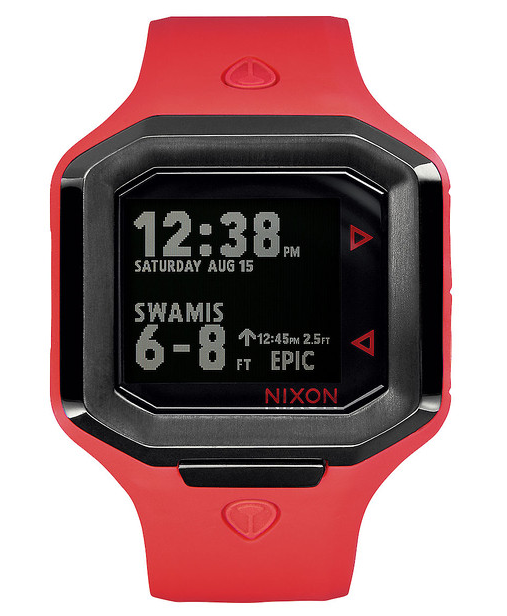Tech innovations have been sweeping the sports world by storm in the past few years, but surfing has remained relatively untouched until now. For one thing, surfing as a sport doesn’t require much gear, beyond a board and a pair of board shorts. For another thing, bringing smart tech into pummeling waves and salty water presents unique challenges for tech makers. But recent innovations for professional surfers have acknowledged the sport’s worldwide popularity and these exciting new technologies stand poised to revolutionize the sport and make a hefty profit in the process.
Fin Tech, Redefined
S-Wings Biomimetic Fins
Surfing pioneer Tom Blake first attached a fin to his surfboard in Hawaii back in 1935, revolutionizing the sport. Previously, controlling the board was done by dragging a foot in the water. Attaching a fin made the board easier to control and steer, and it cut down on wipeouts significantly. In the decades since, surf designs have changed to include two or even three fins, but the actual shape of the fins stayed mostly the same. Today, S-Wings—a company developed by scientists and surfers in the south of France—is reconceptualizing the shape of fins for better control and agility. Interestingly, this new technology comes from studying the oldest “technology” on the planet: the natural evolution of fish. By studying the myriad ways that fish propel themselves through the water, the creators behind S-Wings have created more flexible, streamlined fins that promise a better ride. They’re still in the demo phase, but taking a new approach to an old staple is a good start.
Smart Phin
Developed by surfer and engineer Benjamin Thomas, the Smart Phin is a surfboard fin with a sensor that can track oceanic data while the surfer catches waves. During a wave session, the Smart Phin measures temperature, salinity, and acidity of the water to give researchers insight on the impact of climate change over time. This info could be critical for scientists studying climate change, as the shoreline area where surfers like to hang out is the toughest part of the ocean to measure. Imagine a fleet of citizen surfer scientists out there instead. Scientists from the Scripps Institution of Oceanography in San Diego are already using prototypes. Smart Phin is still in development and also in the running for the $2 million Wendy Schimdt Ocean Health XPRIZE, so be sure to keep an eye on this futuristic fin.
A Wave of Wearables
Ripcurl SearchGPS
While Nike, Fitbit and Moov have capitalized on the wearable tech movement for more common sports, the first smart watch created entirely for surfers is the Ripcurl SearchGPS. Syncing with an iPhone app, the SearchGPS tracks waves ridden, speed and distance, and other fun performance metrics that have previously been unavailable to surfers. The app also converts your stats into visual data, making it easier to track progress over time.
Nixon Ultratide
Now that you can log all your surf session data, you need something to tell you when and where to surf, right? Enter Nixon’s Ultratide, the first real-time surf condition watch. Basically, this watch tells you when to hit your favorite surf spots for glassy gorgeous waves. Ultratide works with Bluetooth and surf forecast site Surfline to tell you the tide, wave height, swell direction, wind direction and speed, water and air temperatures. It GeoLocates the closest break so you can surf on the fly.
Samsung Gear S2
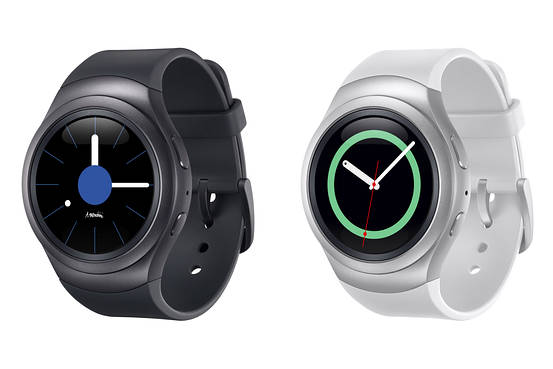 Samsung recently partnered with the Association of Surfing Professionals and released this great commercial about the surf community. The mobile giant recently released its first smartwatch of 2015, the Gear S2, which features a round face and will run on Samsung’s Tizen operating system. Although details haven’t been released yet, Samsung has hinted at the S2 pairing with custom apps for sports, including surfing. The waterproof watch could be the official tech used in surfing competitions by pairing surfers’ data with the judges. Head Director of Sports & Entertainment for Samsung Hoon Kang said the Gear S’ new waterproof case went through a rigorous testing phase and prevents wave impact from damaging the watch when crashing in the water. We’ll have to wait and see on the S2, but a partnership with the ASP could prove huge for Samsung’s surf status.
Samsung recently partnered with the Association of Surfing Professionals and released this great commercial about the surf community. The mobile giant recently released its first smartwatch of 2015, the Gear S2, which features a round face and will run on Samsung’s Tizen operating system. Although details haven’t been released yet, Samsung has hinted at the S2 pairing with custom apps for sports, including surfing. The waterproof watch could be the official tech used in surfing competitions by pairing surfers’ data with the judges. Head Director of Sports & Entertainment for Samsung Hoon Kang said the Gear S’ new waterproof case went through a rigorous testing phase and prevents wave impact from damaging the watch when crashing in the water. We’ll have to wait and see on the S2, but a partnership with the ASP could prove huge for Samsung’s surf status.
What’s Next?
Beyond fin tech and wearables, surfing has also gotten a recent upgrade from drone surveillance, which allows coaches to have a clear idea of the conditions their surfers are facing offshore. The drones are able to fly close to the water without interrupting competitions. Beyond that, I’m sure there will be a smart board with some kind of built in screen in the near future, and other video software to better translate the epic experience of what it’s like to be inside a massive wave to viewers on the beach. As techies start to focus their attention on the surf set, the possibilities for innovation seem endless.
